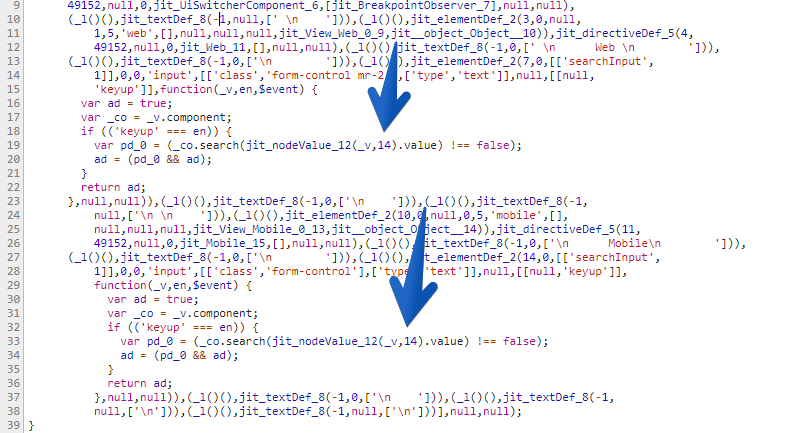I have a component which toggles the component's template based on client device size. Component code is:
import {Component} from '@angular/core';
import {BreakpointObserver, Breakpoints} from '@angular/cdk/layout';
@Component({
selector: 'ui-switcher',
template: `
<ng-content *ngIf="isSmall" select="mobile"></ng-content>
<ng-content *ngIf="!isSmall" select="web"></ng-content>
`
})
export class UiSwitcherComponent {
public isSmall: boolean;
constructor(breakpointObserver: BreakpointObserver) {
breakpointObserver.observe([Breakpoints.Small, Breakpoints.XSmall]).subscribe(result => {
this.isSmall = result.matches;
});
}
}
I use it like this:
<ui-switcher>
<web>
<!-- some commented details -->
<input class="form-control mr-2" #searchInput
type="text" (keyup)="this.search(searchInput.value)">
</web>
<mobile>
<!-- some commented details -->
<input class="form-control" #searchInput
type="text" (keyup)="this.search(searchInput.value)">
</mobile>
</ui-switcher>
In the mobile size, everything works correctly but in desktop size the value passed to search(value) function is always an empty string.
When I debug the app, it seems that #searchInput templateref is not working correctly (value of the element it refers to is always empty).
Why templateref doesn't work correctly?


